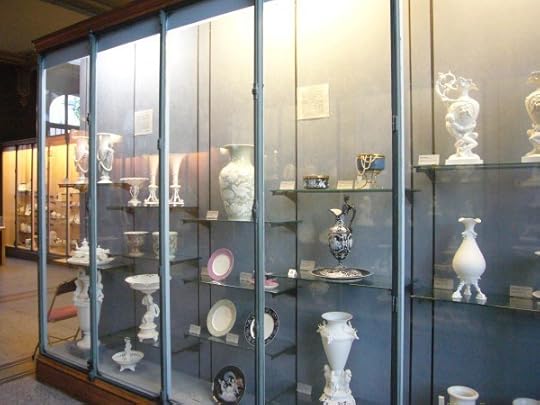Limoges China: What You Should Know
 Photo: Dawn Smith for Laura Morelli’s
Made in France
Photo: Dawn Smith for Laura Morelli’s
Made in France
Limoges is synonymous with French porcelain or china. These beautiful wares, valued for their translucence and fine workmanship, have brought this sleepy town in central France to a global stage.

Musée Nationale de la Porcelaine Adrien Dubouché (Limoges, France)
Pure, milky-white porcelain is possible thanks to kaolin, a white argile discovered in the eighteenth century thirty kilometers from Limoges in Saint-Yrieix-la-Perche. People recognized its potential, and in the 1770s, an established faience factory in Limoges turned to creating porcelain with it. This factory would later become the Manufacture Royale de Limoges.
Porcelain results from a unique recipe that consists of fifty percent kaolin, twenty-five percent felspath and twenty-five percent quartz. It’s this combination that results in the translucent, shiny finish coveted by collectors around the world. Most pieces are built in a mold, and undergo a first firing before being painted. A second firing gives it the lustrous sheen that is synonymous with Limoges ware.
Though there are many producers of Limoges porcelain, four big names dominate the town, and still produce the best wares— Ancienne Manufacture Royale de Limoges, Bernardaud, Haviland, and Raynaud. Even though they are major powerhouses of porcelain production and world brands, these four companies are still family operations, and much of the production is still carried out by hand.
For more about authentic shopping in France, click here.











